ChatGPT, Write me my Novel
Think ChatGPT can finish your creative writing exercises? Let’s find out! In this episode we’re testing the cutting-edge artificial intelligence on some old school writing prompts. We dug out our copies of John Gardner’s The Art of Fiction and typed in two of the back-of-the-book exercises. Faster than you could say “Any sufficiently advanced technology is indistinguishable from magic” out came … words. Listen to us workshop those word: the good, the bad, and the ugly.
Then, having proved we’re still at bit away from having an AI write our novels, we returned to Scene and Structure and our own literary self-improvement. In the final chapters of the Jack Bickham’s book, we learn the secrets to ending chapters and take a dive deep into how a full novel is structured (especially that boggy middle).
Read More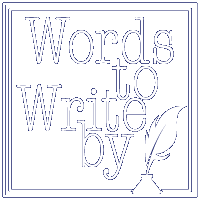
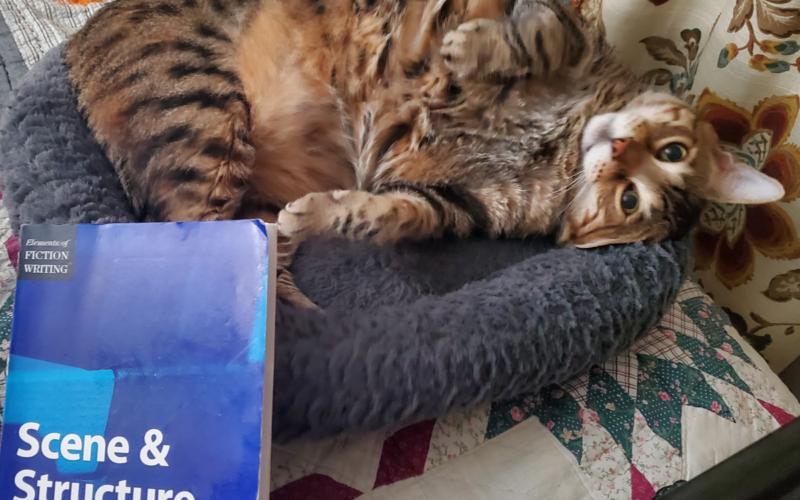
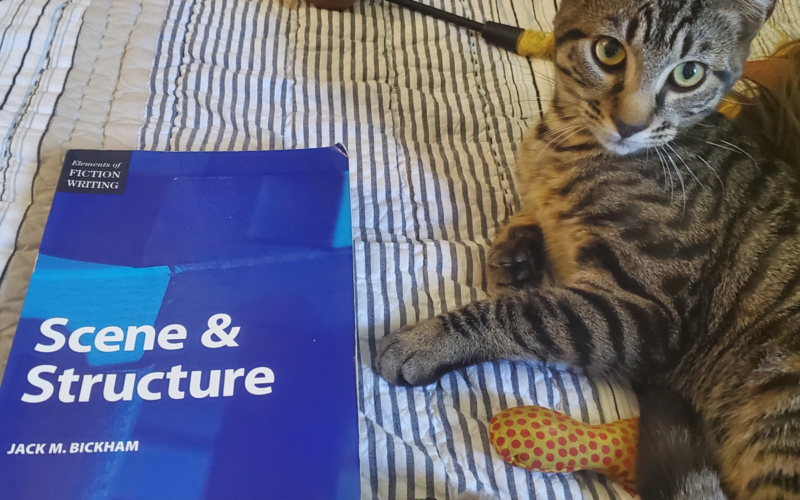
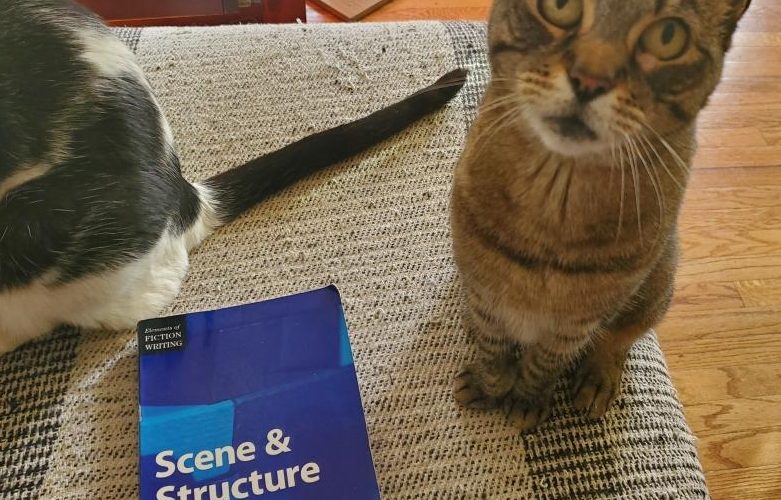
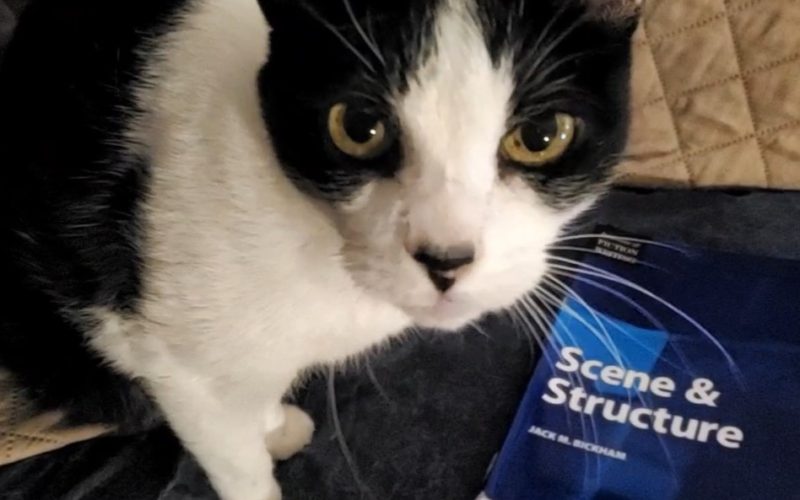
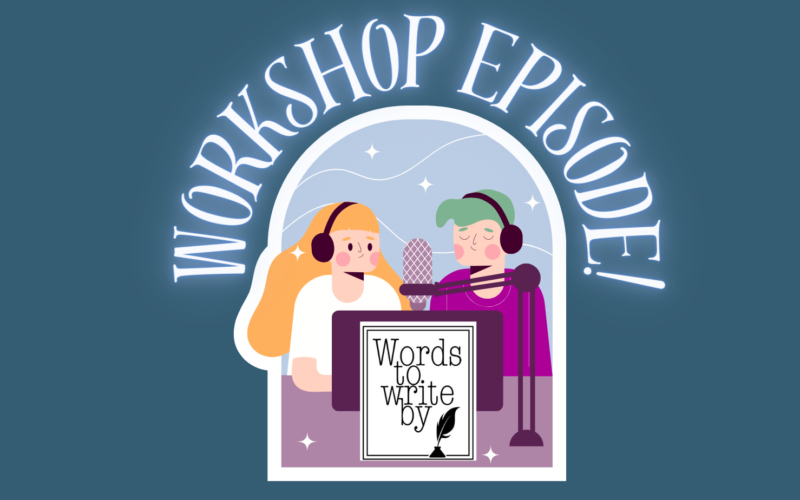
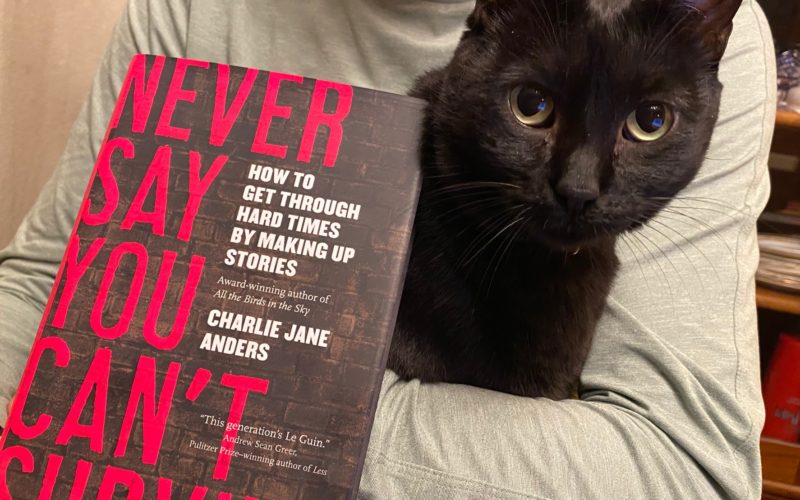
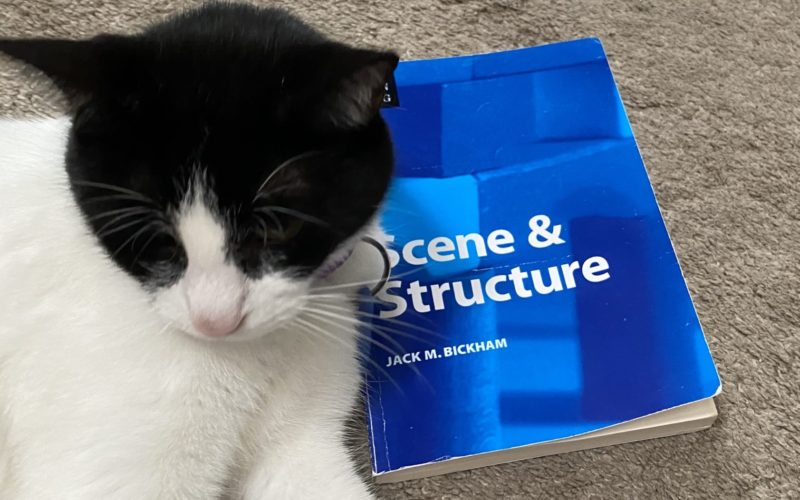

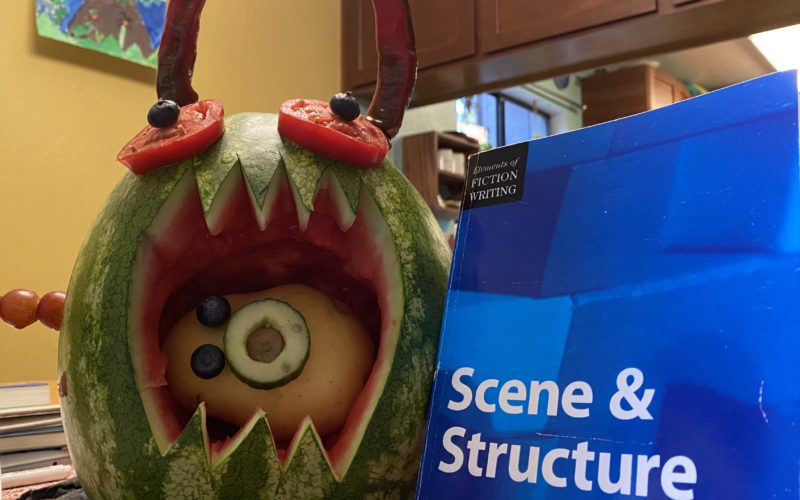
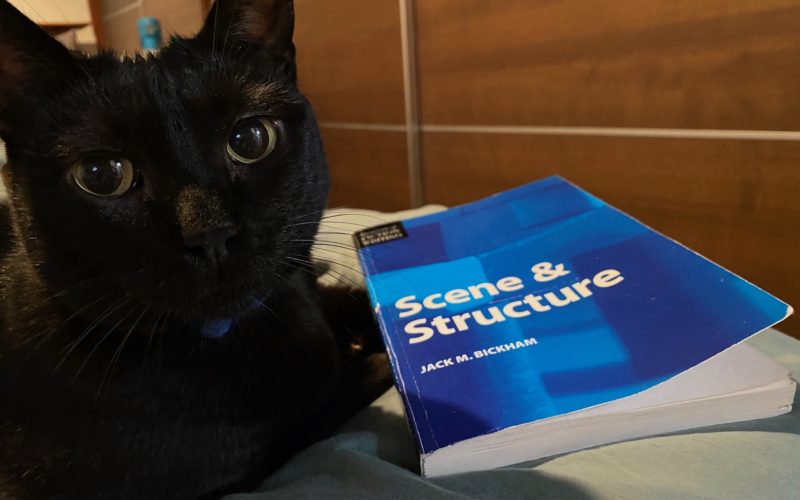
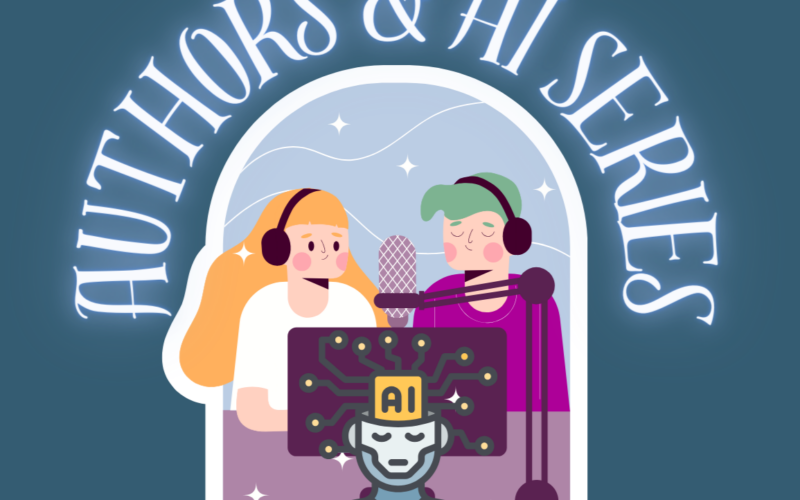
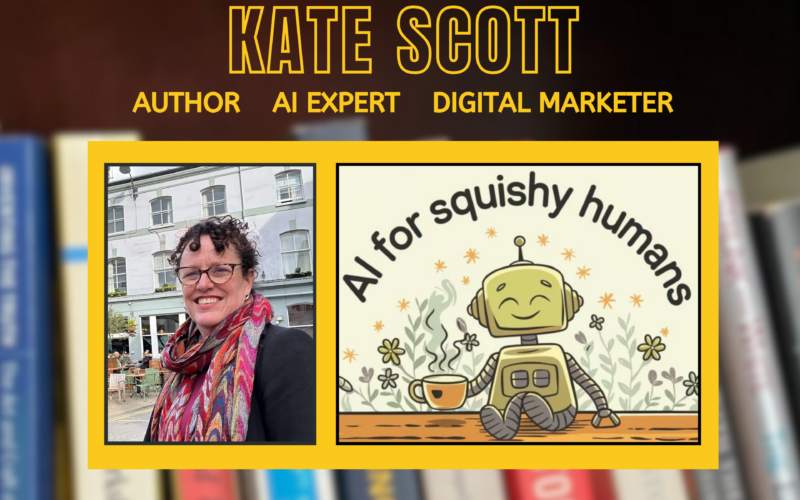

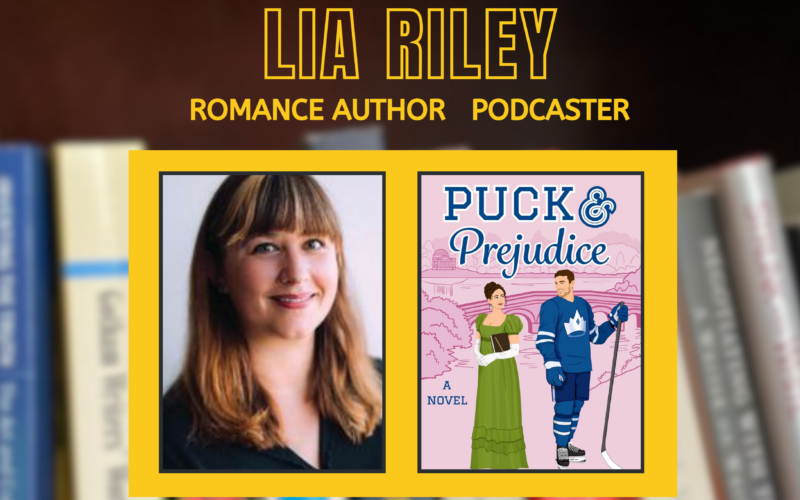
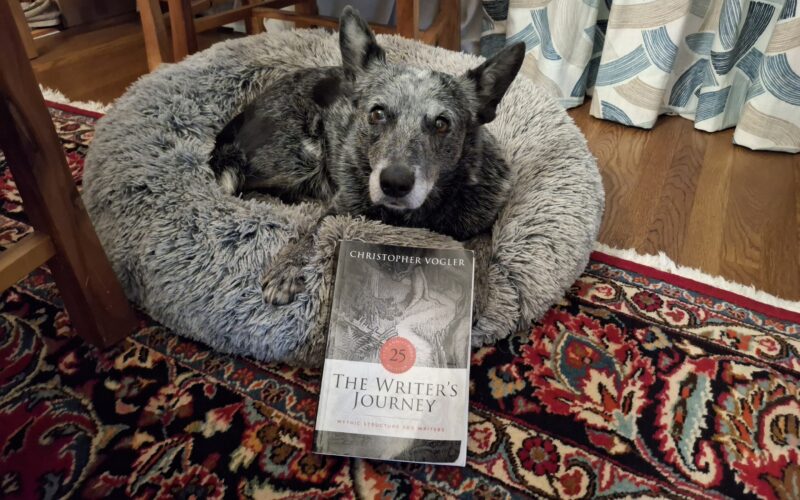
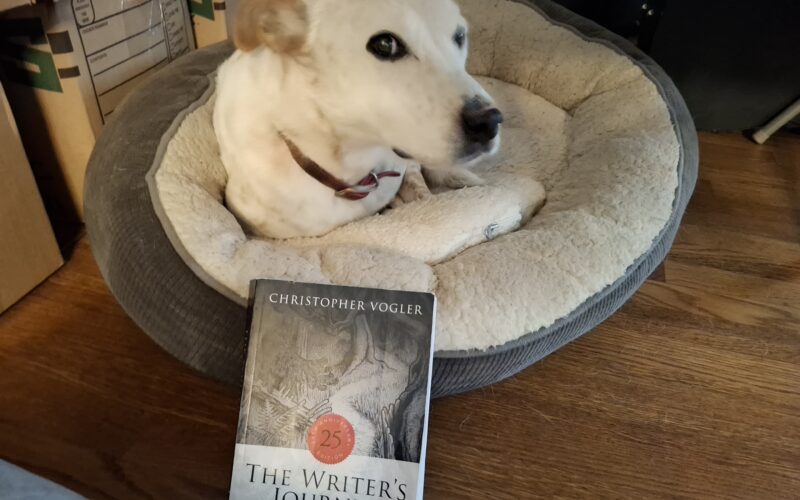
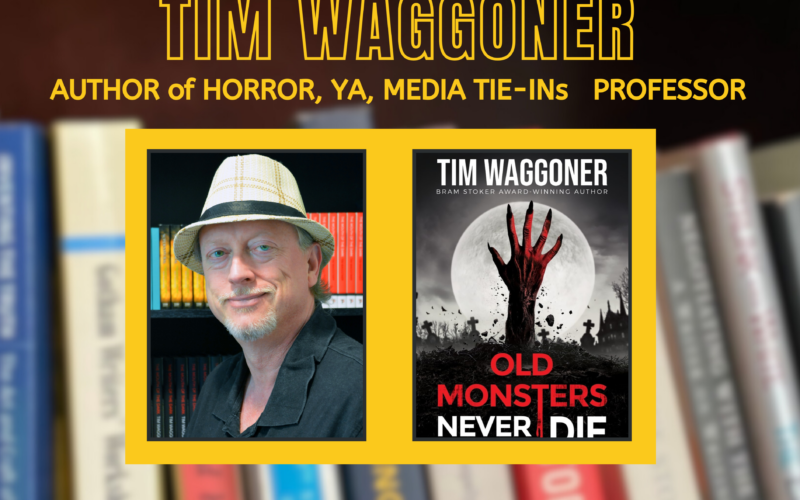

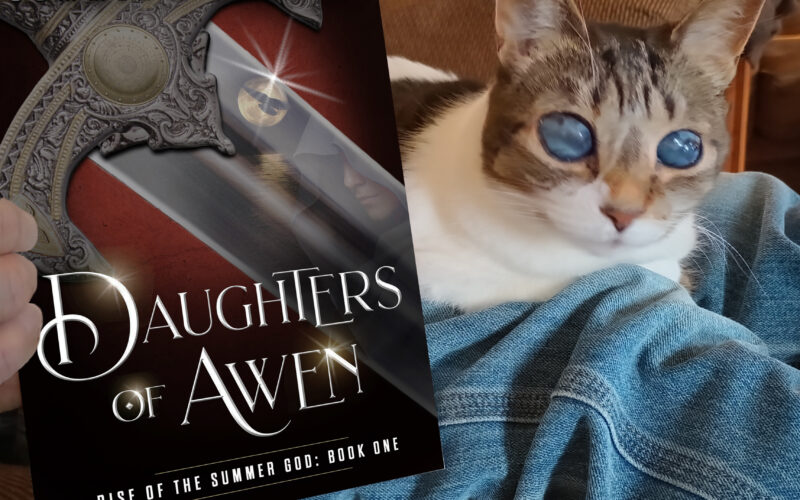

What’s Really Happening When AI Writes? An Interview with Bill Moore
We've been putting AI chatbots through creative writing challenges, but what are these systems actually doing when they write? In this episode, we bring in AI expert Bill Moore. Bill...